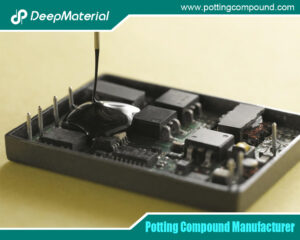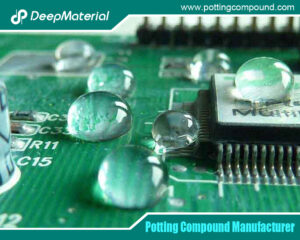
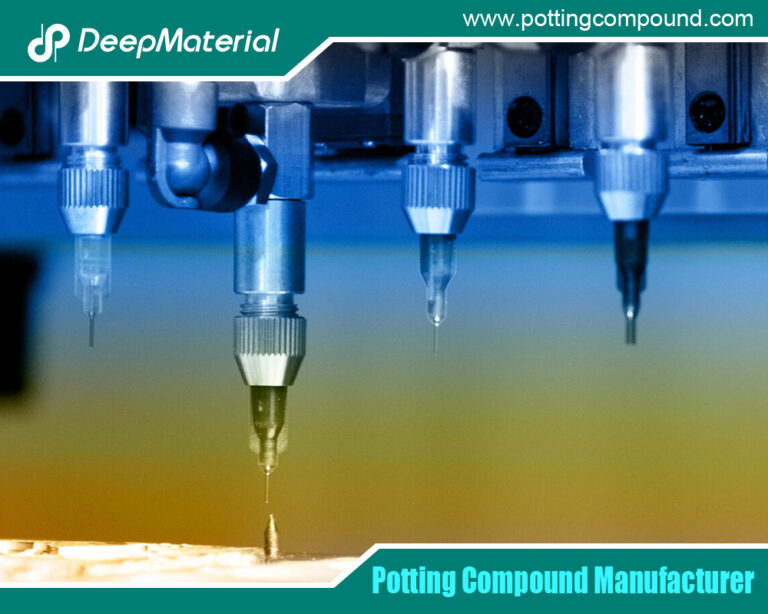
How to Insulate Wires with Epoxy: A Comprehensive Guide
- Electronic Potting Material Manufacturer
- September 6, 2024
- circuit board potting compound, circuit board potting compounds, Connector Potting Compound, deepmaterial potting compound, electrical potting compound, Electronic Encapsulant Potting Compound, Electronic Epoxy Encapsulant Potting Compound, electronic epoxy encapsulant potting compounds, Electronic Epoxy Potting Compound, electronic potting compound, Electronic Potting Compounds Manufacturer, Encapsulant Potting Compound, Encapsulants and Potting Compounds Suppliers, Epoxy Encapsulant Potting Compound, epoxy potting compound, epoxy potting compound manufacturers, Flexible Potting Compound, insulate epoxy, Insulate Wires with Epoxy, insulated coating supplier for electrical, LED Potting Compound, PCB Potting Compound, polyurethane potting compound, Silicone Potting Compound, UV Cure Potting Compound, waterproof potting compound
How to Insulate Wires with Epoxy: A Comprehensive Guide
Insulating wires is crucial in electrical work to ensure safety, prevent electrical faults, and enhance the longevity of wiring systems. Among the various methods available for insulating wires, epoxy resin stands out due to its excellent insulating properties, durability, and resistance to harsh conditions. This guide provides a detailed approach to insulating wires with epoxy, covering materials, preparation, application techniques, and tips for achieving the best results.
Understanding Epoxy Insulation
1.1 What is Epoxy?
Epoxy is a polymer material that cures into a hard, durable coating or adhesive when mixed with a hardener. It is composed of epoxide groups, which form a cross-linked polymer network when chemically reacted with a hardener. This network provides exceptional mechanical strength, chemical resistance, and electrical insulation properties. Epoxy is commonly used in various applications, including electrical insulation, coatings, and adhesives.
1.2 Benefits of Epoxy Insulation
- Electrical Insulation:Epoxy has high dielectric strength, making it an excellent insulator that prevents electrical currents from leaking or short-circuiting.
- Chemical Resistance:It resists many chemicals, including acids, bases, and solvents, ensuring it maintains its insulating properties in harsh environments.
- Mechanical Strength:Epoxy forms a robust, rigid coating that protects wires from physical damage and abrasion.
- Moisture Resistance:Once cured, epoxy is impervious to moisture, reducing the risk of corrosion and electrical faults caused by damp conditions.
2. Materials and Tools Needed
2.1 Epoxy Resin and Hardener
The epoxy resin and hardener are the primary materials needed for epoxy wire insulation. These are often sold as a two-part system, where you mix the resin and hardener in a specified ratio before application. Ensure that the epoxy you choose is formulated explicitly for electrical insulation to guarantee optimal performance.
2.2 Wire Preparation Tools
- Wire Strippers:To remove the insulation from the wire ends.
- Cleaning Agents:Such as isopropyl alcohol to clean the wires before application.
- Heat Gun:To cure the epoxy if it requires heat for curing.
2.3 Application Tools
- Brushes or Applicators:These are used to apply the epoxy to the wires.
- Mixing Containers and Stirrers:Mix the epoxy resin and hardener thoroughly.
- Protective Gear:Gloves, goggles, and a mask to protect against fumes and spills.
3. Preparing the Wires
3.1 Strip the Wires
Use wire strippers to remove the insulation from the ends of the wires. Ensure you expose only the necessary amount of wire to avoid excessive exposure and potential short-circuiting. The stripped section should be clean and free of any frayed strands.
3.2 Clean the Wires
Clean the exposed wire sections with isopropyl alcohol or another suitable cleaning agent to remove grease, dirt, or oxidation. Proper cleaning is essential for ensuring good epoxy adhesion. Allow the wires to dry completely before proceeding.
3.3 Masking
If you only need to insulate a specific section of the wire, use masking tape to cover areas that should remain uncoated. This helps in achieving a neat and precise insulation job.
4. Mixing and Applying Epoxy
4.1 Mixing the Epoxy
Follow the manufacturer’s instructions for mixing the epoxy resin and hardener. You mix the two components in a specific ratio, often by weight or volume. Stir the mixture thoroughly to ensure it is homogenous. Inadequate mixing can lead to incomplete curing and reduced insulation effectiveness.
4.2 Applying the Epoxy
Use a brush or applicator to apply a thin, even coat of the mixed epoxy over the stripped wire section. Ensure that the epoxy covers all exposed areas and penetrates any crevices. For better results, apply multiple thin layers rather than a single thick layer, allowing each layer to partially cure before applying the next.
4.3 Curing the Epoxy
Allow the epoxy to cure according to the manufacturer’s guidelines. Curing times can vary depending on the epoxy formulation and environmental conditions. Some epoxies may require heat for curing, which can be achieved using a heat gun or an oven set to a specific temperature. Ensure that the curing environment is clean and dust-free to avoid contamination of the epoxy coating.
5. Post-Application Care
5.1 Inspect the Insulation
After the epoxy has fully cured, inspect the insulation for defects such as cracks, bubbles, or incomplete coverage. If you find any issues, reapply epoxy as needed to address them.
5.2 Testing the Insulation
Conduct electrical tests to ensure that the insulation is performing as expected. Check for any signs of electrical leakage or short circuits. Testing helps in confirming that the epoxy has provided effective insulation.
5.3 Handling and Storage
Handle the insulated wires with care to avoid damaging the epoxy coating. Store the cables in a clean, dry environment to maintain the integrity of the insulation. Avoid exposing the insulated wires to harsh chemicals or extreme temperatures that could degrade the epoxy.
6. Tips for Successful Epoxy Insulation
6.1 Choose the Right Epoxy
Select an epoxy resin that is specifically designed for electrical insulation. Not all epoxies are created equal, and using a product not meant for electrical applications could result in inadequate insulation.
6.2 Follow the Manufacturer’s Instructions
Always adhere to the manufacturer’s mixing, application, and curing instructions. Deviating from these instructions can lead to poor insulation performance or even failure.
6.3 Work in a Well-Ventilated Area
Epoxy resins and hardeners can emit fumes that may be harmful if inhaled. Work in a well-ventilated area and use protective gear to minimize exposure to these fumes.
6.4 Avoid Over-Application
Applying too much epoxy can result in drips, runs, or an uneven coating. Apply thin, even layers to achieve a smooth and uniform insulation layer.
6.5 Allow Proper Curing Time
Ensure the epoxy has enough time to cure before fully handling or using the insulated wires. Premature handling can disturb the curing process and compromise the insulation.
Conclusion
Insulating wires with epoxy is an effective way to protect electrical systems from damage and ensure reliable performance. By understanding the properties of epoxy, properly preparing the wires, and following correct application techniques, you can achieve high-quality insulation that enhances both safety and durability. Remember to use appropriate materials, adhere to manufacturer guidelines, and handle the epoxy carefully to achieve the best results. With the right approach, epoxy insulation can provide long-lasting protection and peace of mind for your electrical projects.
For more about how to insulate wires with epoxy: a comprehensive guide, you can pay a visit to DeepMaterial at https://www.pottingcompound.com/ for more info.
Recent Posts
- Electronic Encapsulation Technology to Enhance the Durability of Automotive Electronics
- The Unsung Guardian: Why Silicone Potting Compound is Widely Used in the Electronics Industry
- The Development Trend and Future Prospects of Electrical Potting Compound in the Glue Industry
- The Conformal Coating for PCB Market Has Entered an Explosive Period: Key Drivers and Reports Detailed
- How Does Epoxy Encapsulated LED Work?
- Which Glues Are Suitable for Encapsulation of Electronic Products?
- What Are the Design Standards for the Glass Transition Temperature (Tg) and Tensile Modulus of Automotive Electronic Encapsulants Adhesives?
- Usage Methods of LED Potting Compounds: From Mixing to Curing – A Complete Step-by-Step Guide
- The Characteristics of Thermal Conductivity, Waterproofness and Shock Resistance of LED Potting Compounds
- Revealing the Wide Range of Application Scenarios of LED Potting Compounds
Tags
Related Posts

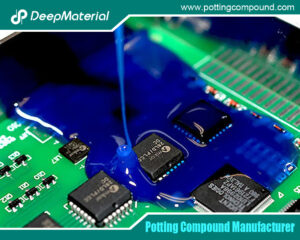
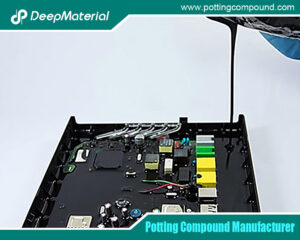
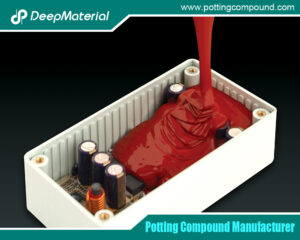
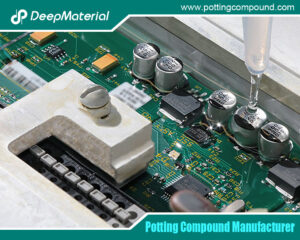
How Does Epoxy Encapsulated LED Work?
